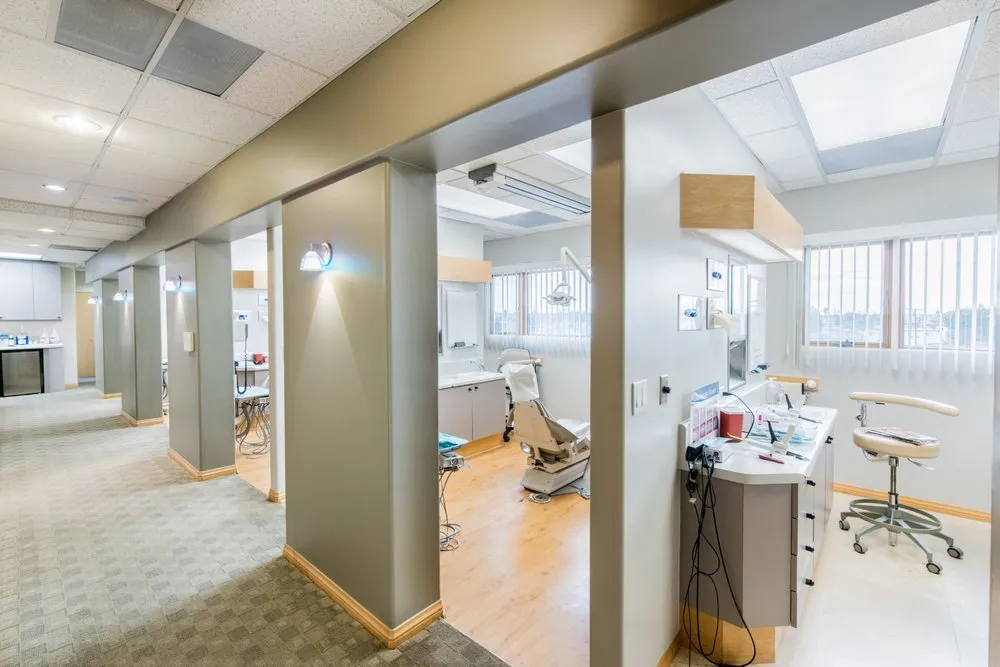
What is Obstructive Sleep Apnea?
Obstructive Sleep Apnea (OSA) is a common but serious sleep disorder where the airway becomes repeatedly blocked during sleep, causing breathing interruptions. These episodes can happen dozens of times each night, leading to fragmented sleep and a host of health issues such as fatigue, high blood pressure, and heart problems.At Ahn Dental Specialists, we specialize in identifying and treating mild to moderate obstructive sleep apnea with custom oral appliances. These comfortable, dentist-designed devices help keep your airway open, allowing for restful, uninterrupted sleep and improved overall health.
What is Obstructive Sleep Apnea?

Obstructive Sleep Apnea (OSA) is a common but serious sleep disorder where the airway becomes repeatedly blocked during sleep, causing breathing interruptions. These episodes can happen dozens of times each night, leading to fragmented sleep and a host of health issues such as fatigue, high blood pressure, and heart problems.At Ahn Dental Specialists, we specialize in identifying and treating mild to moderate obstructive sleep apnea with custom oral appliances. These comfortable, dentist-designed devices help keep your airway open, allowing for restful, uninterrupted sleep and improved overall health.









